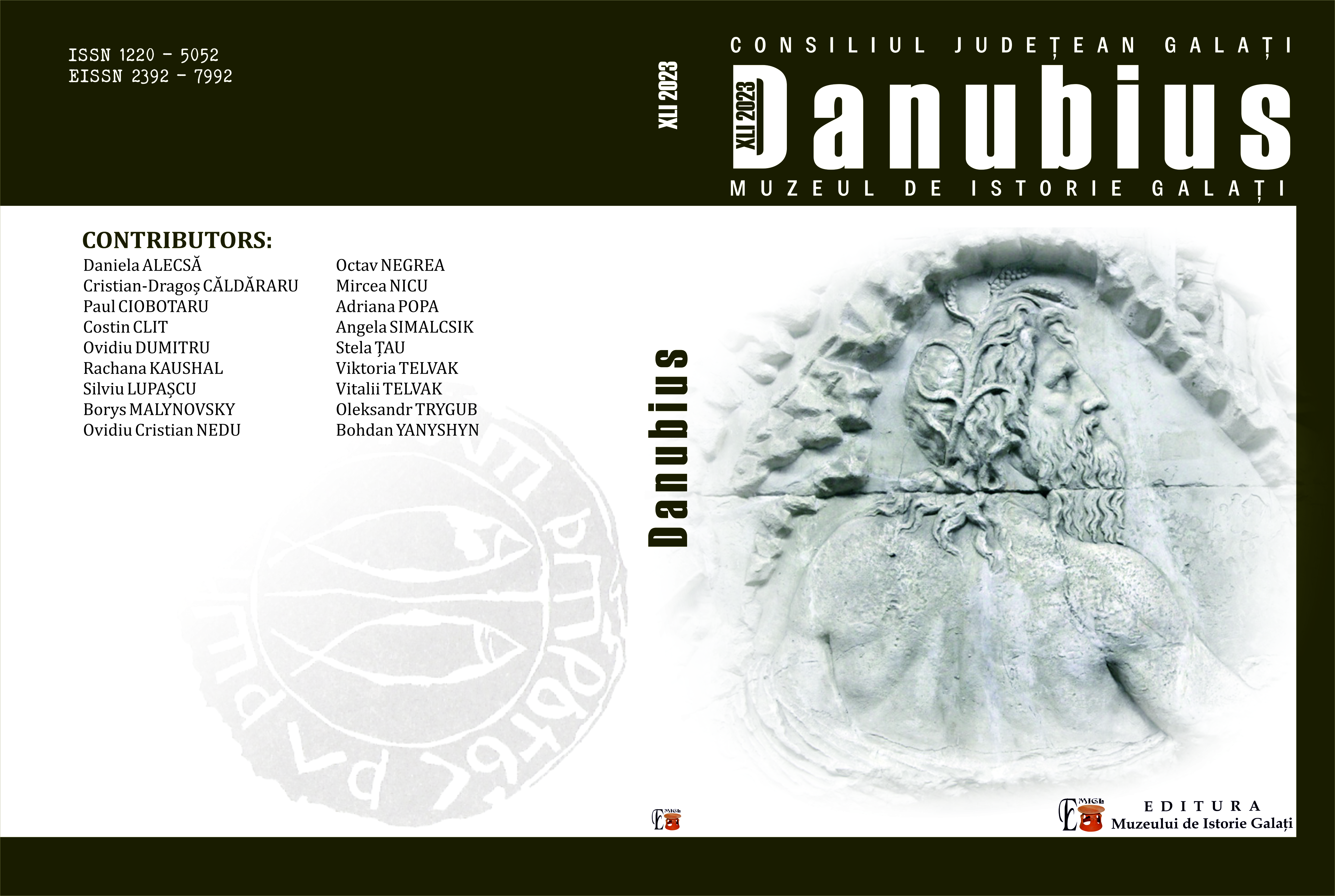Stocks of Commercial Bread in Ukraine in the Spring of 1918 in the Assessment of the Representatives of Germany and Austria-Hungary
Stocks of Commercial Bread in Ukraine in the Spring of 1918 in the Assessment of the Representatives of Germany and Austria-Hungary
Author(s): Boris Malynovsky, Aleksandr TrygubSubject(s): History, Recent History (1900 till today), Pre-WW I & WW I (1900 -1919)
Published by: Muzeul de Istorie „Paul Păltănea” Galaţi
Keywords: First World War; Ukrainian People’s Republic; German Empire; Austria-Hungary; Brest-Litovsk Peace Conference; international trade; food export
Summary/Abstract: The purpose of the article is to show how the governments of Austria-Hungary and Germany, negotiating with the government of the Ukrainian People’s Republic on grain supplies (March-April 1918), determined its quantity in Ukraine.The scientific novelty is seen in the fact that for the first time the above mentioned topic is considered in a special study.During the trade negotiations in Kyiv (March-April 1918), representatives of the Central Powers, not having accurate data on the amount of marketable grain in Ukraine, determined it approximately based on general considerations and their own impressions from the inspection of Ukrainian farms. Peasants were the main owners of grain in Ukraine in early 1918 – during the war years (1914-1917) and they had accumulated significant reserves and were unable to fully spend them (sell or consume). Taking this fact into account, German and Austro-Hungarian experts assumed the possibility to purchase at least one million tons of grain from villages. They considered the assessment of Ukraine’s export potential made earlier during the peace negotiations between the UPR and the Central Powers in Brest-Litovsk (February 1918).
Journal: Danubius
- Issue Year: XLI/2023
- Issue No: 1
- Page Range: 263-276
- Page Count: 14
- Language: English

